If you’re like most people, you’re looking for ways to save money and be more environmentally responsible. One great way to do both of those things is by collecting rainwater for your garden.
In this comprehensive guide, we will answer all of your questions about how to collect rainwater for gardening purposes.
Why collect and store water?
Storing rainwater can help you save money on your water bill, as well as provide a backup source of water in case of a drought or other emergency. You can water your garden more efficiently by using rainwater. Rainwater is already at the perfect temperature and it also contains nutrients that plants need.
Collecting rainwater
If you live in an area that experiences regular rainfall, collecting rainwater is a great way to save water and money. You can use the stored water to help your plants and they will help you too!
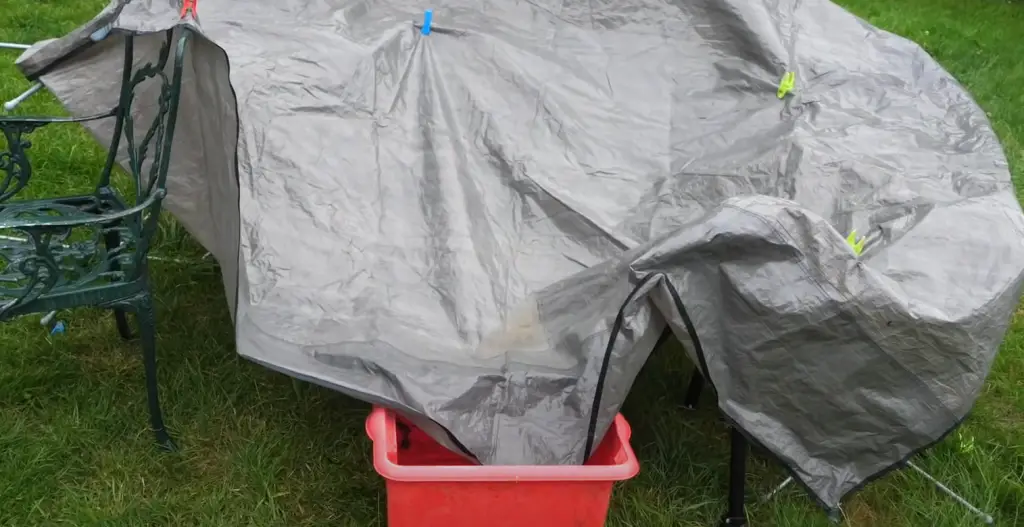
The best thing about rainwater is that it’s free of chlorine and other chemicals. It also has a slightly acidic pH, which can help lower the alkaline levels in soil – making tap water better for plants than what you might think!
There are different ways to water your garden or house, depending on how much rain your area gets and how much water your garden or house needs. This will help conserve resources while still providing fresh potable water for everyone.
The rain barrel is a great way to water your garden without having any wasted water. You can use a humidifier for as long as you need it. The humidifier will store moisture so that the next time you need it, you will only have to start providing more!
Some people find that they need to install a rainwater harvesting system in their garden if the area is too small for regular watering. There are many different types of these systems. You can choose the type that works best for you and your needs. You might need to customise it to work with what is available at home or outside. [1]
Reusing Grey Water
One of the best ways to save water is to use water that has already been used. This is called grey water. It can come from things like your shower, washing machine, and rainwater that has been collected in a rain barrel.
You can water your plants with it using a soaker hose or drip irrigation system. Another way is to make compost tea with it. This will add nutrients to the soil without having to use chemical fertilisers.
If you are interested in using grey water in your garden, there are a few things to keep in mind.
- First, the water should be clean – it should not be contaminated with soap or other chemicals.
- Second, the water should not be too hot – hot water can damage plants.
- Finally, make sure to use plants that are tolerant of grey water – some plants can be damaged by it. [1]
Minimising Health Risks From Stored Water
We all know that rainwater can be a great source of drinking water, but it also carries bacteria which could make you sick. One way to reduce the risk of your water being contaminated is to make sure that your roof is clean and that your gutters and downpipes are in good repair.
You can also install screens on barrels/cisterns so that they are not contaminated while stored outdoors.
You can purify rainwater using a UV water purifier, boiling it, or adding bleach/chlorine (following the product’s instructions). This is especially important if you plan on using it for cooking or drinking.
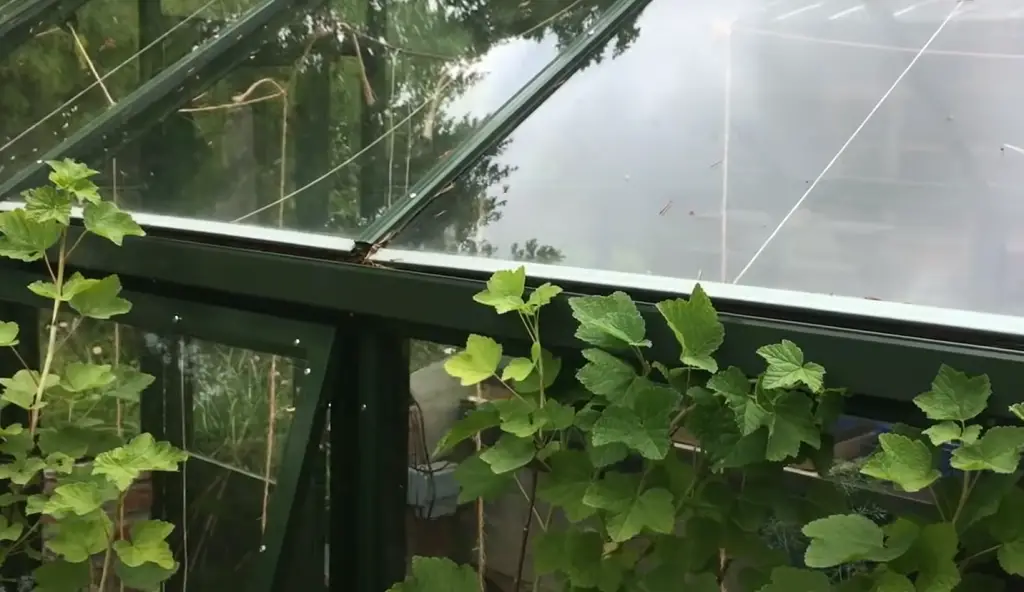
If you are using plastic containers to store things away, make sure that there is no dirt getting inside. If there is, this will create the perfect environment for mold growth.
The rainwater harvesting system includes filtration and UV disinfection. These systems are designed to clean rainwater so it can be used for irrigation or other purposes. This is a great way to reduce the risk of contamination.
If you are using rainwater to drink, it is important to filter it and then disinfect it with boiling, chlorination, or UV light.
Rainwater Collection Methods
There are many ways to collect rainwater, but some methods are more effective than others. Here are a few of the most popular methods:
- Rain barrels are a great way to capture and save rainwater. They’re easy, affordable – you could even use them in your garden or wash cars with ease!
- Rain chains are a cool way to collect rainwater! They come in many different styles and designs, like the ones that hang from your gutters or attach right onto downspouts.
- Gutter divers can be a great way to capture all that extra rainwater! These devices are installed on your gutters and divert it into one or more containers.
- Barrels are an excellent option if you have limited space for barrels. They’re also good for people who want their water collection efforts to be focused in just certain areas (like around the house).
- Downspout diverters are a great way to get water from your downpours without having an excessive amount of rain barrel space. They are perfect for people who want their gutters clean and drained during dry periods so that they don’t accumulate debris which may cause blockages in the future.
- Rainwater harvesting systems are a great way to ensure you have clean drinking water at all times. They can be used in your garden, car washing rituals or even just for personal use. [3]
What are the Steps for Harvesting Rainwater?
There are four main steps for harvesting rainwater:
- Finding a container
- Collecting the water
- Storing the water
- Using the water
The first step to collecting rainwater is finding a container. Any type of vessel will work as long as it can hold water and has a lid, like these common household items! You can get your rain barrel set up by placing it outside in an area that gets a lot of rainfall.
Next, you need to collect the water.
Harvesting rainwater is a great way to water your plants and it can save you money on the high cost of tap water.
Rainfall is a great way to get water without using any inventions. It doesn’t have chemicals or other pollutants in it, like you would find in city water.
There are many benefits to harvesting rainwater. It is a sustainable way to water your plants and it can save you money on your water bill.
Collecting rainwater is an easy process that anyone can do. You will need a container to collect the water in and a place to store it.
Here are some tips on how to collect rainwater for your garden:
- Place your container in an area where it will be exposed to rainfall. A good spot would be beneath a gutter or on a slope.
- Make sure your container is clean and free of any holes.
- Collect the water after a rainfall.
- Store the water in a cool, dark place. An outdoor shed or garage would be ideal.
- Use the water to water your plants as needed.
Use a Rainwater Barrel
This is simply a large container that can be placed under your downspout to catch the water as it falls from your roof.
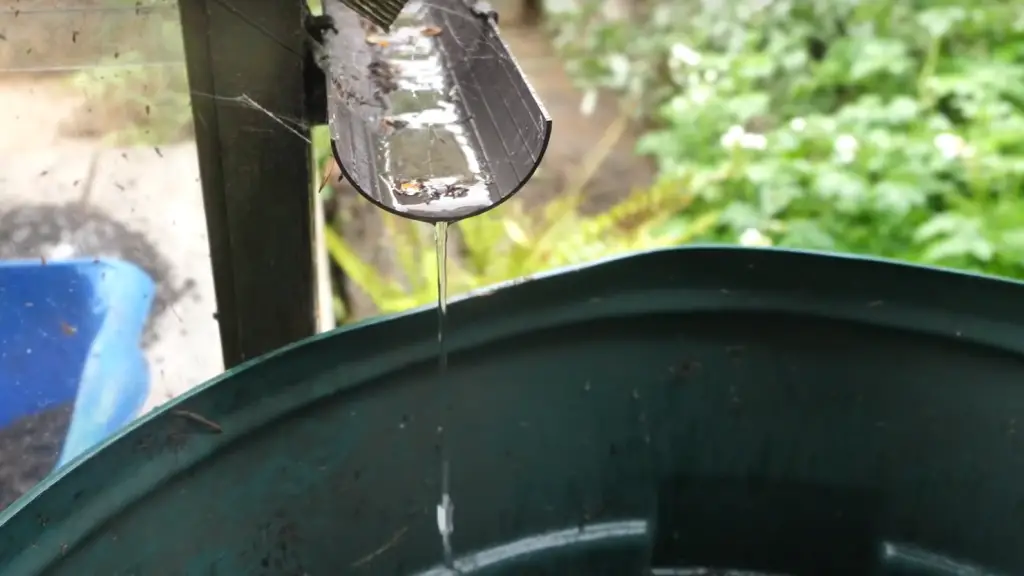
There are many different types of rain barrels on the market. You need to decide which one is right for you. Some factors you need to consider are the size of the barrel, what it is made from, and if you want it to be connected to your home’s gutter system.
Once you have set up your rain barrel, let the water collect until you need it for your garden. Make sure to empty it out before the first freeze of winter, as the water can expand and crack the barrel.
If you live in an area with a lot of rainfall, you may need to buy multiple rain barrels to provide enough water for your garden.
Cisterns are a great way as well to collect rainwater. If you live in an area that sometimes has drought conditions, cisterns can be very helpful because they can store hundreds or even thousands of gallons of water. [2]
Place the Barrel in the Best Spot
You can get the most out of your rain barrel by putting it in an area where there is a lot of water runoff. The best place for this is near a downspout on your home or garage.
This will allow the water to flow directly into the barrel with very little effort. If you don’t have a downspout nearby, you can put the rain barrel under a gutter’s drip line instead.
If you live in an area where it doesn’t rain very much, you might want to collect water from a nearby pond or lake. Just make sure that you get permission from the landowner first.[2]
Store Your Rainwater Properly
To store rainwater so that it is of the best quality, you need to use a food-grade container.
This barrel is made from high-density polyethylene (HDPE), which is considered safe for storing water.It’s important to choose a location for your barrel that is:
- Close to your downspout
- Away from any chemicals or pollutants
- On level ground
Once you have your barrel in place, you will need to attach a hose to the spigot at the bottom. This will be used to fill up your watering can or connect directly to your garden hose.
If you live in an area with cold weather, you need to take some extra steps to winterize your rain barrel. This includes draining the barrel and disconnecting the hose. You should also store the barrel indoors or cover it with a tarp so it doesn’t get too cold.
What are the Main Problems of Harvesting Rainwater?
Rainwater Can Develop a Particular Smell
This happens because of bacteria in the water. You can fix this by adding a small amount of bleach to the barrel.
Rainwater Might Have a Murky Colour
If you want to use it for drinking water, you will need to filter it first.
It’s easy to collect rainwater with a few simple steps. You can buy pre-made barrels or make your own from anything like old trash cans, plastic drums and even buckets!
Make sure your rain barrel has drainage holes so the water doesn’t collect on top of the barrel. You can also cover the holes with something to keep the rain out. Be sure to wait until there is a storm coming before you put the barrels under your roof.
You can also install gutters and downspouts on your house or shed to direct rainwater into a holding tank. You can make a simple system from PVC pipe. [2]
You Collect Less Water ThanYou Expect
Some people think that you can collect unlimited amounts of water with rainwater harvesting. But this isn’t true. The average roof collects 0.62 gallons of water per square foot during a one-hour rainstorm. This means that a standard 1000 square foot roof will only collect 620 gallons of water during an hour-long rainstorm.
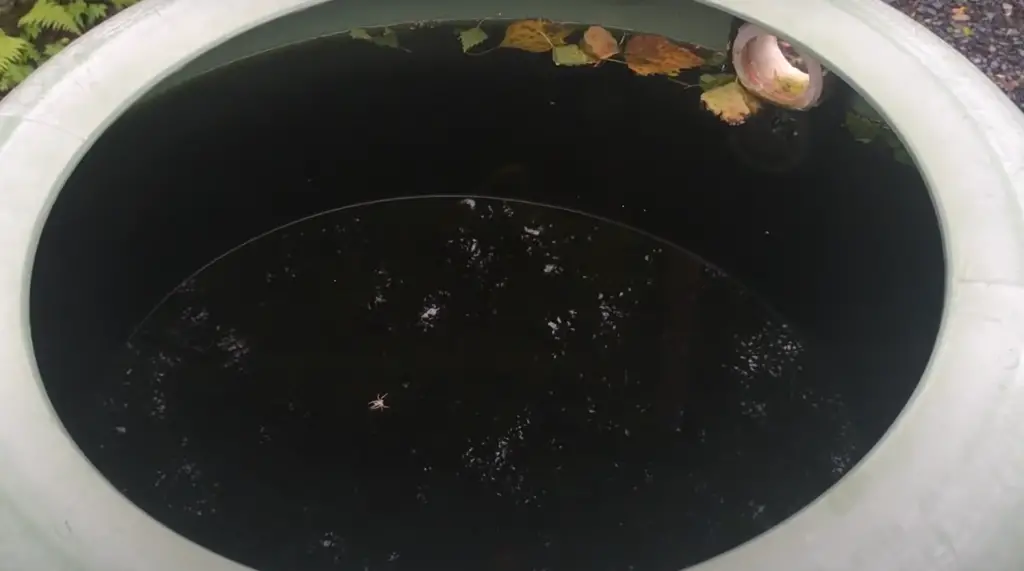
In perspective, one person uses about 80-100 gallons of water a day. That means that, even if you had a rain barrel, it would only last one person less than a week.
How to Collect Rainwater
If you want to conserve water and cut down on your monthly water bill, one solution is to collect rainwater. You can use this free resource to water your garden, wash your car, or even top off your swimming pool.
There are a few things to think about before you start collecting rainwater.
How much rainfall does your area get? If you live in a dry place, you won’t be able to collect as much water as someone who lives in a more humid place.
Think about the size of your roof. The bigger your roof, the more rainwater you’ll be able to collect.
To get started, you will need a few supplies. These include a rain barrel, downspout diverter, and hose. You can find these items at most home improvement stores or online retailers. Once you have your supplies, follow these simple steps to start collecting rainwater:
- Position your rain barrel beneath a downspout. If you have more than one barrel, you can position them side-by-side or in different areas of your yard.
- Attach the downspout diverter to the top of the rain barrel. This will allow the water to flow into the barrel while redirecting any debris that might clog the opening.
- Connect a hose to the spigot on the rain barrel. You can use this hose to transport the collected rainwater to your garden or other areas of your yard.
FAQ
What is the Best Way to Collect Rainwater?
Collecting rainwater is an easy and affordable way to help reduce your family’s contribution towards water use. There are two main types of methods for collecting rainwater.
People who live near constant rainfall can invest in barrels or cisterns that are connected to the gutters. People who don’t live near constant rainfall can set up a bucket under the downspout to catch the water when it rains.
How Do You Collect Rainwater and Keep it Clean?
There are a few things you can do to make sure your rainwater is clean and safe for your garden.
- First, install a leaf strainer on your gutters to keep leaves and debris out of your rain barrel.
- You can also add a water filter to your rain barrel if you want to be extra cautious. Finally, make sure to clean your rain barrel regularly to prevent algae growth.
Another option for getting water is to collect it in a cistern. A cistern is an underground tank that can hold a lot of water.
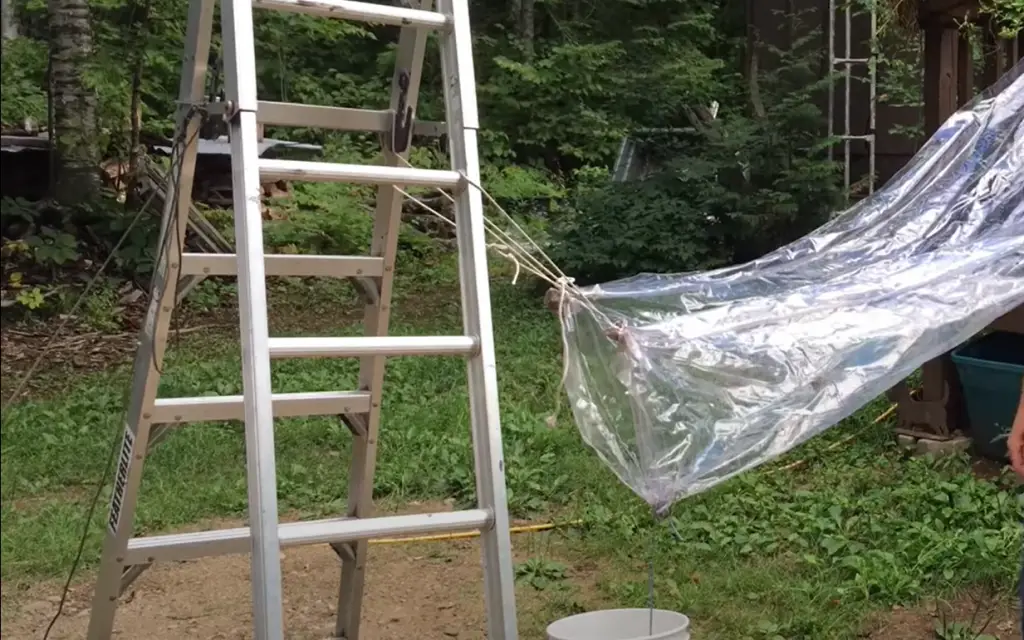
It is usually made of concrete, but you can also find tanks made of plastic or metal. If you live in an area where it rains a lot, then a cistern might be a good option for you.
How Do You Collect Rainwater Naturally?
There are a few ways to collect rainwater for your garden. One way is to put a bucket outside when it rains and let the water fill up. Another way is to install a rain barrel or cistern system that will store the water until you’re ready to use it.
If you want to collect rainwater but don’t want to buy a rain barrel, there are things you can do. Make sure the gutters and downspouts are clean so the water goes into the barrel or cistern. You can also put mulch on the garden bed to help keep the water in and stop it from evaporating.
How Do You Keep Rainwater From Stagnating?
One way to stop rainwater from stagnating is to use a screen or other type of filter on your rain barrel. This will help keep leaves and other debris from getting into the water. You should also regularly clean out your rain barrel, as well as any hoses or pipes that are connected to it.
If you use rainwater regularly, for example to water plants, the water will constantly be moving and won’t have a chance to sit and become stagnant.
If you notice that your rain barrel water is starting to look cloudy or smell bad, you can treat it with chlorine bleach or other water-purifying products. However, it is important to follow the directions on the product’s label.
Does Rainwater Need to Be Filtered for Plants?
No, rainwater does not need to be filtered for plants. However, if you are using it for drinking water or cooking, you will want to filter it first. There are a few different ways to filter rainwater, but the most common is to use a charcoal filter.
Another option is to let the rainwater sit for 24 hours before using it. This will allow any dirt or debris to settle to the bottom of the container.
You can also add a small amount of bleach to the water to kill any bacteria. Be sure to use a food-grade bleach and only add a few drops per gallon of water.
How Long Can I Keep Rain Water?
Ideally, you should use collected rainwater within two to three days. However, if you need to store it for longer periods of time, make sure to store it in a clean container with a tight lid.

And be sure to aerate stored rainwater every few days by stirring it or pouring it back and forth between two containers.
How Long Does it Take for Rainwater to be Collected?
It all depends on the size of your collection system. A small rain barrel or container can fill up quickly during a heavy downpour, whereas a large cistern can take several hours or even days to fill.
How Often Should I Clean My Rain Barrel?
You should clean your rain barrel or container at least once a year, preferably in the spring before the rainy season begins. If you live in an area with high rainfall, you may need to clean it more frequently.
To clean your rain barrel or container, simply empty it out and rinse it with a hose. You can also add a tablespoon of bleach to each gallon of water to help disinfect it.
Useful Video: 💧Best Ways to Collect Rainwater
Conclusion
Rain barrels are a great way to collect and store rainwater for use in your garden. Not only do rain barrels provide free water for your plants, but they can also help reduce stormwater runoff and save you money on your water bill.
If you’re interested in installing a rain barrel system of your own, be sure to check with your local municipality to find out if there are any restrictions or guidelines you need to follow. Last but not least, be sure to enjoy your beautiful garden! It will thrive with nature’s most precious resource – rainfall!
If you have any questions or comments about this guide, please feel free to leave them below. And be sure to check out our other gardening guides for more helpful tips and tricks!
References:
- https://www.rhs.org.uk/garden-jobs/water-collecting-storing-and-using
- https://www.bioexplorer.net/how-to-collect-rainwater-for-gardening.html/
- https://www.farmersalmanac.com/collecting-rainwater-35307





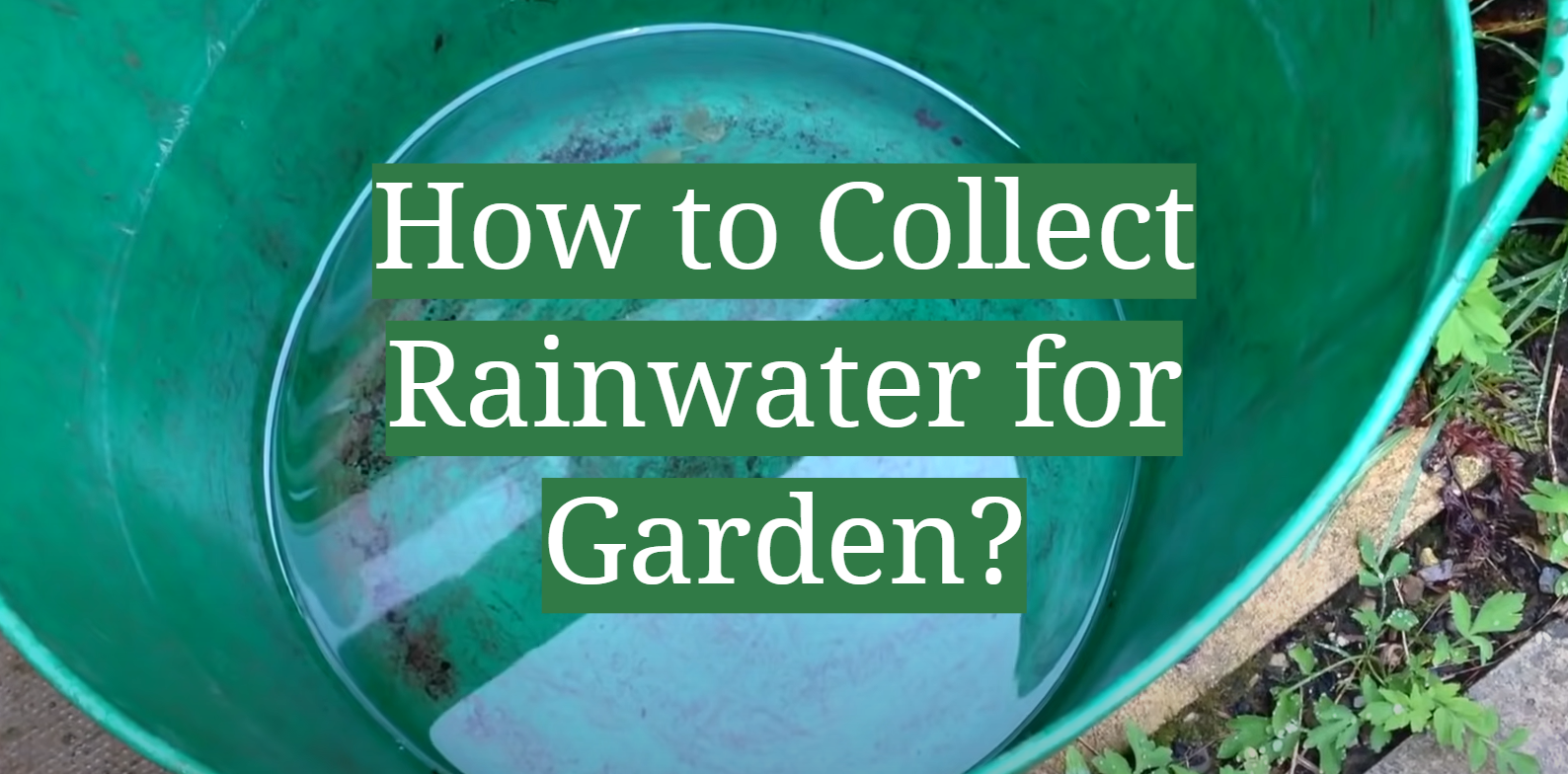




Leave a Reply
View Comments